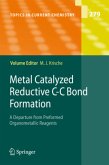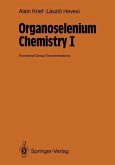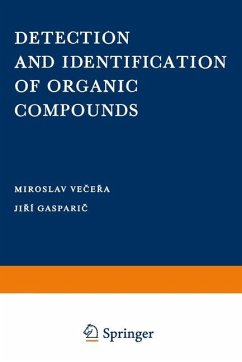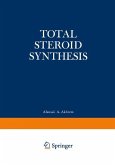This chapter provides abrief overview of organoborane reaction types. Reaction mechanisms are discussed, particularly with reference to whether they may or may not allow stereocontrol, but stereocontrolled applications are deferred to later chap ters. Reactions that replace boron by atoms other than carbon are discussed first (Section 3. 2), followed by boron substituted carbanions (Section 3. 3) and reactions that have the net effect of replacing boron-carbon bonds by carbon-carbon bonds (Section 3. 4). However, ß-eliminations, which also create a carbon-carbon bond at the expense of a boron-carbon bond, are deferred to Section 4. 2. Finally, a variety of reactions of organoboranes that leave the boron-carbon bond intact and affect other functionality are described in Section 3. 5. 3. 2 Oxidative Replacement of Boron 3. 2. 1 Introduction Several oxidative boron-carbon bond cleavage reactions replace the boron atom stereospecifically with retention of configuration of the carbon atom, and therefore are particularly useful in asymmetric synthesis. These share the following general mechanistic features: (I) Coordination of an oxidizing agent having a nucleophilic site, (:Y_Z)-n (n = 0 or I), to the boron to form aborate complex (1). (2) Intramolecular migration of carbon from the electron-rich boron atom to the rela tively electron-deficient atom Y with concurrent displacement of nucleofuge z-n, as illustrated by transition state 2 and product 3.








